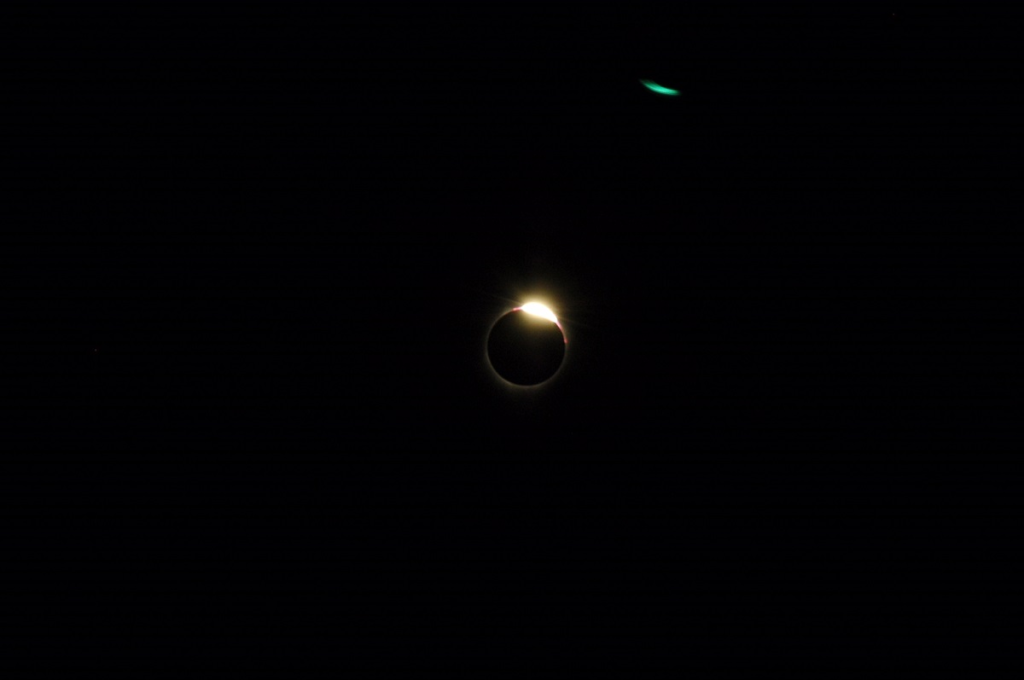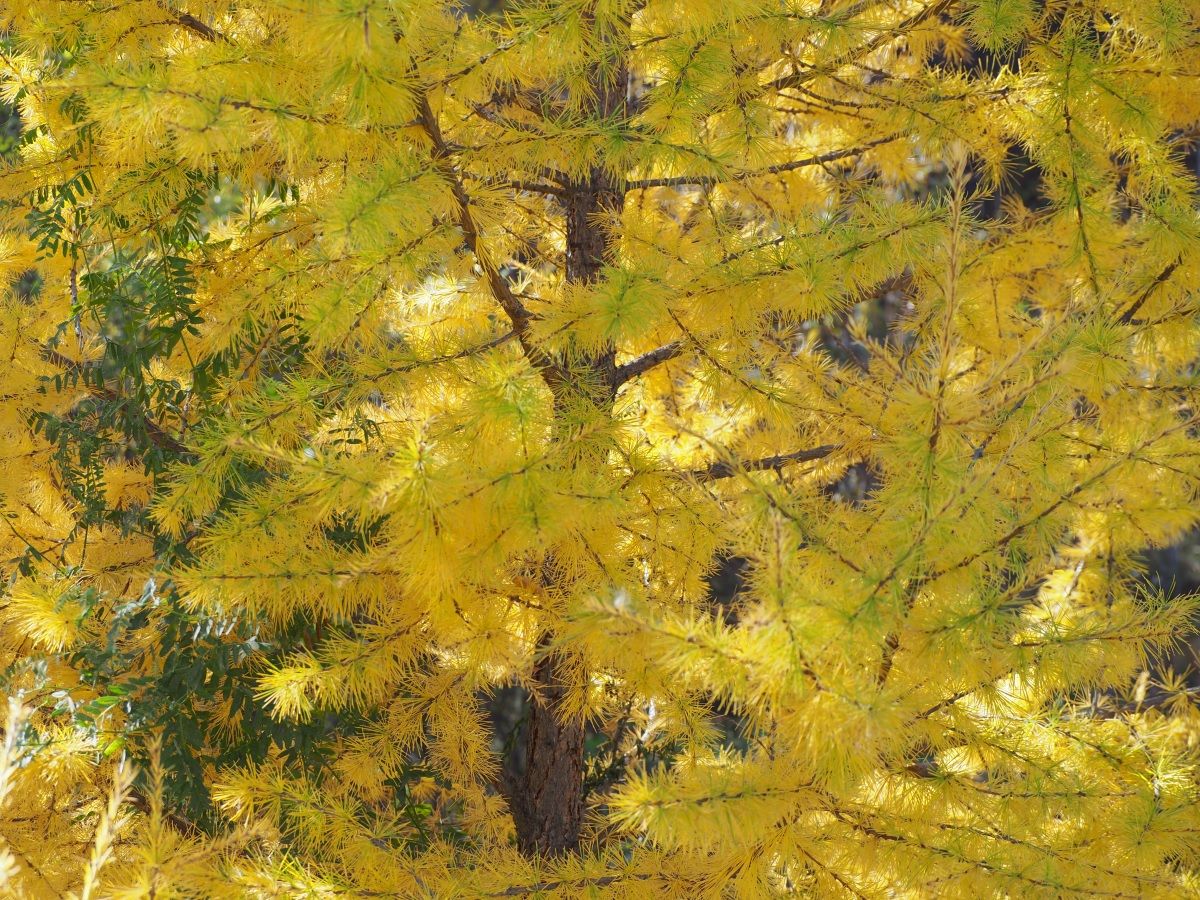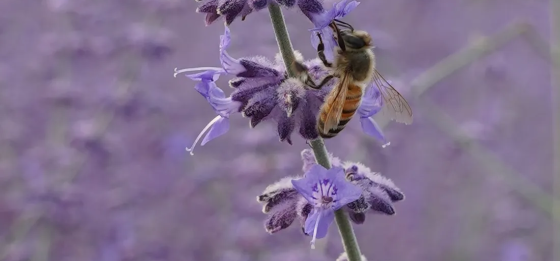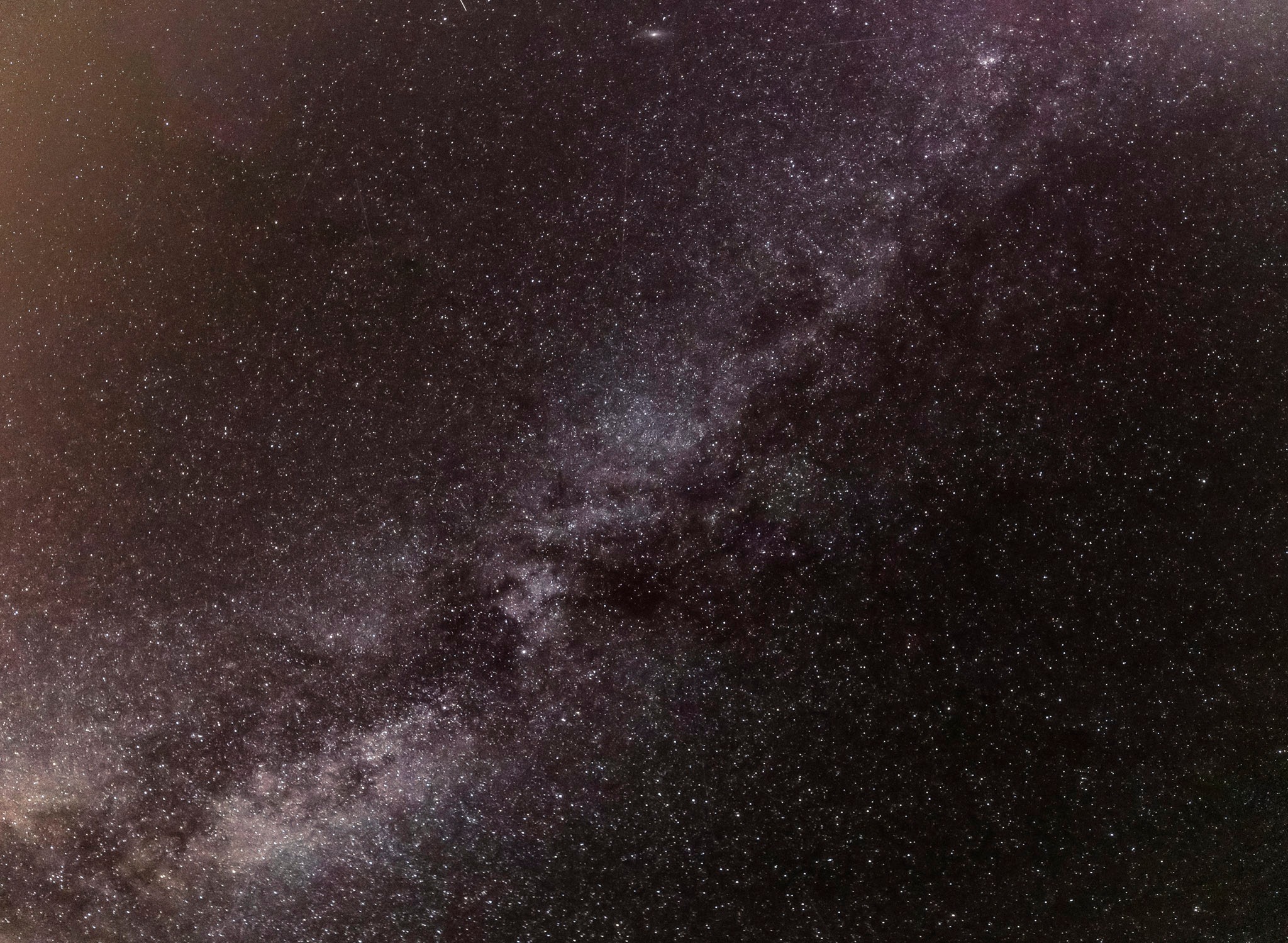“I should emphasize that a total solar eclipse is probably THE most spectacular celestial phenomenon that earth-based human beings can experience. It is truly a miracle of nature. The sun is hugely larger than the moon and yet, viewed from the earth, one is just far away enough compared to the other that they both subtend exactly the same size in the sky” — Arif Babul, University of Victoria Distinguished Professor of Physics and Astronomy
By MALIK MERCHANT
Calgary, Alberta
The total eclipse of the sun, a rare celestial event where the moon completely obscures the sun for a brief period, is set to occur on April 8, 2024. Tens of millions across North America who will be on the path of the total solar experience will witness this once-in-a-lifetime experience. After crossing Mexico and the U.S., it will enter Canada in Southern Ontario on its eastward path to other parts of Ontario, Quebec and the Atlantic provinces, where the sun’s light will be completely blocked out by the moon. Many other parts of Canada, such as Alberta, will only experience a partial eclipse, where not all of the sun’s light is obscured.

In Ontario, the solar eclipse is expected to start just minutes after 2:00 p.m. and last for about two and a half hours. The sun will be fully eclipsed at approximately 3:20 to 3:25 p.m. EDT (Eastern Daylight Time). The anticipation is so high that Niagara Falls is preparing to welcome over 1 million visitors for this extraordinary event. Reuters writes: “From vintage train rides costing almost $4,000 per person to hotel rooms listed at $1,600 a night, businesses in and around majestic Niagara Falls are preparing to cash in on the April 8 total solar eclipse – with around a million visitors expected.”
This is a rare chance, as the next total solar eclipse won’t grace North America until 2045.
The solar eclipse has prompted school closures in many parts of Ontario for the well-being of students and staff during the solar eclipse. As many students would be getting on the bus or walking home from school during this timeframe, their risk of looking directly at the solar eclipse would be significantly increased.
Story continues below

Everyone will need to be careful as looking directly at the eclipse, could damage your eyes. However, the solar eclipse is a spectacular sight and a significant educational opportunity. Ottawa’s Canada Aviation and Space Museum will throw open the doors of an aircraft hangar to host an eclipse viewing event. The museum will also provide free eclipse viewing glasses with admission, along with educational activities and crafts for children.
The beautiful Aga Khan Park on Wynford Drive in Toronto hosts what the Al-Akhbar Ismaili community newsletter calls “a celestial gathering like no other.” The sold-out, awe-inspiring solar eclipse event will occur on April 8 from 1:45 to 4:30 p.m. The Park will provide a pair of solar glasses and will have a special guest speaker who will discuss solar eclipses and their significance.
Story continues below

In 2017, our sister website Simergphotos published Professor Arif Babul’s eyewitness account of his experience of the total solar in Idaho. The 2017 eclipse lasted close to 3 minutes. This year’s eclipse will differ from the 2017 eclipse, as the moon will be closer to the Earth. Thus, it will cast a more enormous shadow onto the Earth and cover the sun longer. The April 8 eclipse will last for more than four minutes.
Interestingly, the New Moon that will be seen on April 9, the day following the total solar eclipse, will also mark the end of the month of Ramadhan. On April 10, hundreds of millions of Muslims will observe Eid ul-Fitr, the most important festival in the Muslim calendar. Simerg and its sister website will provide updates leading to the total solar eclipse and the celebration of the Muslim Eid festival.
Featured image at top of page: Artist’s representation of a total solar eclipse, with a new moon in the foreground and the Sun’s corona visible in the background. Photograph: NASA/Vi Nguyen. Click Download the Poster.
Date posted: March 30, 2024.
____________________
























